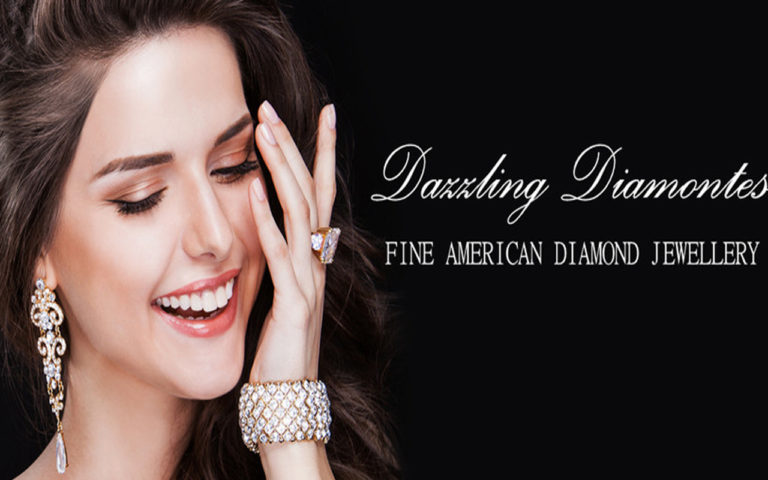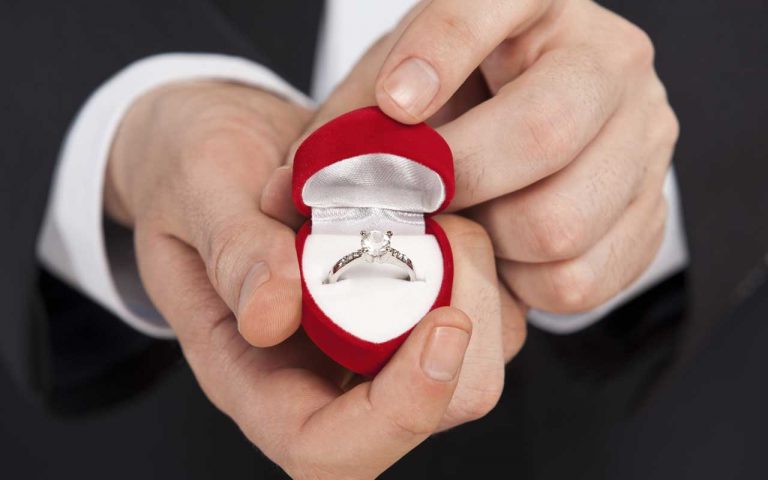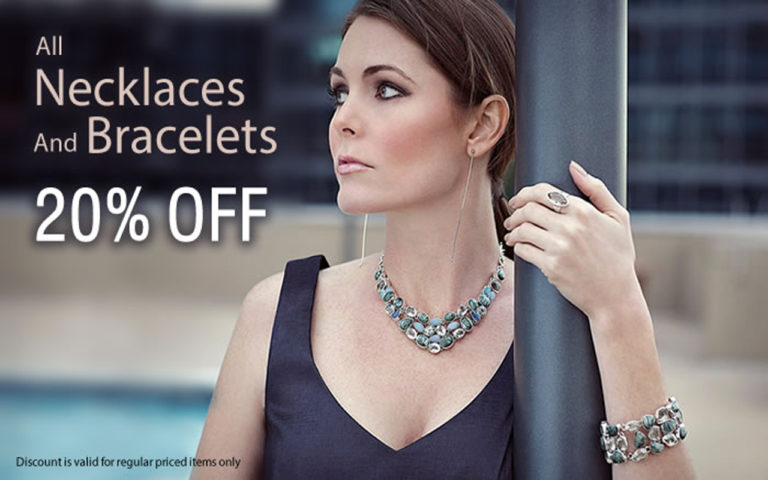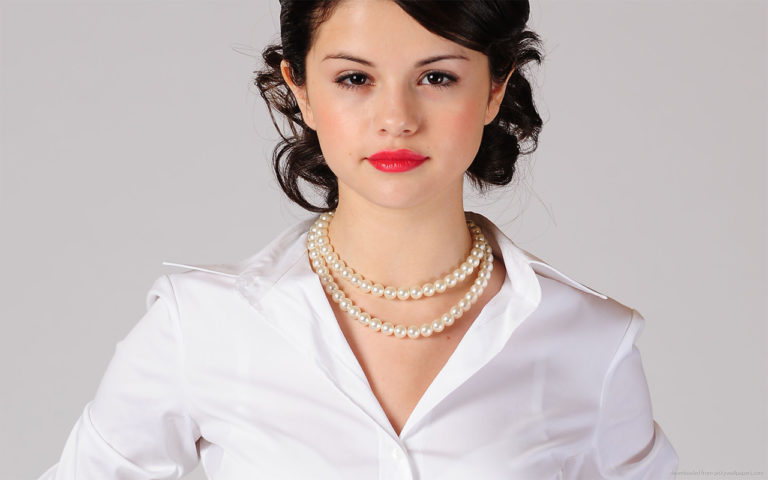Pearls are organic gems, derived from living organisms. Each pearl is unique, and is created inside a mollusk, typically oysters but also, more rarely, mussels and clams. When a foreign object becomes lodged between the mantle – an organ which produces the oyster’s shell – and the shell, the mantle produces a substance called nacre, which lines the inside of the shell, in order to protect itself from the irritant. Over time, the irritant is completely encased in nacre and a pearl is born. A cultured pearl is created in much the same way as a natural pearl. However, cultured pearls are grown in mollusks raised specifically for culturing, and created through human interference with the deliberate introduction of an irritant to the mollusk. There are two main groups of cultured pearls: Bead nucleated cultured pearls and tissue nucleated (non-beaded) cultured pearls. The mabe cultured pearl, or so-called “blister” pearl, has a half-spherical form with a flat back and delicate color palette. Just like diamonds and colored gemstones, the value of a pearl is affected by a number of different factors such as lustre, surface (quality), shape, color, size and matching. Unlike diamonds, there is no universal grading system for pearls.


























